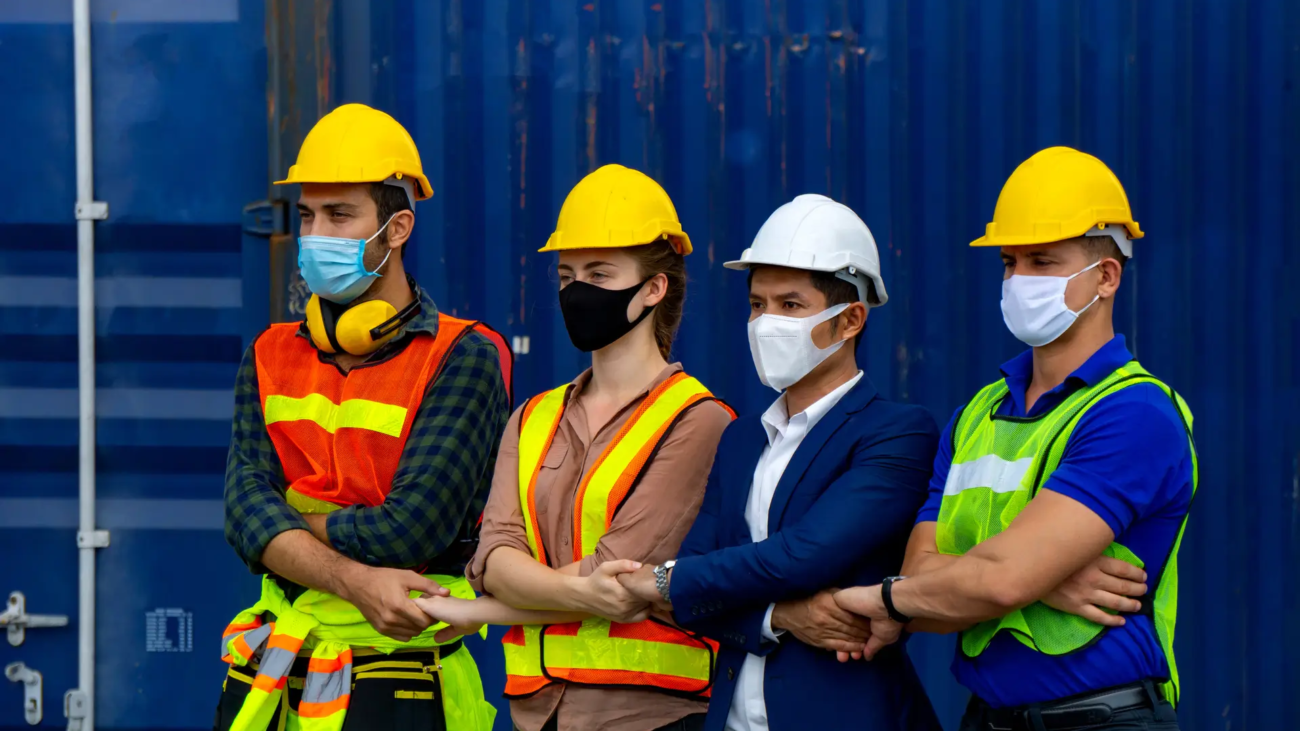Safety orientation is often viewed as a routine step during onboarding. But behind the scenes, it plays a powerful role in reducing workplace injuries. As fresh data from OSHA and recent research show, companies that take safety training seriously experience far fewer injuries and save money while protecting their workers.
This article breaks down what the latest numbers say about safety orientation and how it’s shaping safer workplaces across different industries.
Why Safety Orientation Matters More Than Ever
Every job carries some risk. From construction sites to warehouses to chemical plants, workers are exposed to hazards that can lead to serious injuries. But studies continue to show that most of these injuries are preventable, especially when workers are properly trained from the start.
One large-scale study found that 80–90% of serious workplace injuries are caused by human error, and that most of these errors could be avoided with proper training and awareness. That’s where safety orientation steps in.
Injury Reduction Through Comprehensive Training
According to OSHA’s 2022 data, companies that implemented structured, comprehensive safety training programs saw a 50% reduction in workplace injuries compared to those that did not.
This is not just a small improvement, it’s a major shift. Half as many injuries mean fewer workers harmed, fewer disruptions, and less financial loss. Safety orientation lays the foundation by giving workers the knowledge they need to avoid risky behavior from day one.
A Measurable Link Between Training Hours and Injury Decline
Safety isn’t just about having a manual on file. It’s about how often and how clearly the message is delivered. A peer-reviewed study recently found that for every 10% increase in monthly safety training hours per employee, there was a 6.45% to 6.72% decrease in monthly safety hazards per person.
This direct relationship shows that the more effort employers put into regular, meaningful safety orientation and refreshers, the safer their workplaces become.
Long-Term National Trends
Since OSHA was founded in 1970, injury rates in the U.S. have dropped dramatically. Back in 1972, there were 10.9 incidents per 100 workers. In 2023, that number had fallen to 2.4 per 100 workers.
This long-term progress is linked to stronger regulations, more employer accountability, and widespread use of safety orientation programs. In short, consistent safety efforts have made American workplaces far safer than they were just a few decades ago.
Sharp Decrease in Severe Injuries
The most recent OSHA Severe Injury Report for 2024 showed something remarkable: a 68% drop in total severe injury reports, from 8,943 in 2023 to 2,856 in 2024. Hospitalizations and amputations also fell sharply.
OSHA credits this progress to three main changes:
- Better regulation enforcement
- Stronger workplace safety cultures
- Improved safety training and awareness
Orientation programs are now more practical, more engaging, and more focused on real hazards workers face daily.
What Industries Are Showing the Most Change?
Construction
The construction sector remains one of the most high-risk industries. But recent laws are helping turn that around. In New York City, Local Law 196 gradually increased required safety training from 10 to 40 hours per worker.
Researchers observed a direct drop in injury rates as training hours went up. More orientation led to better decision-making on-site, especially among new and less experienced workers.
Chemical Manufacturing
A case study from a chemical plant that introduced a behavior-based safety program showed an 82% drop in at-risk activities over just four months. The program was driven by active observation and feedback, starting with a strong orientation phase.
This proves that even in high-risk environments, behavior can change quickly when training is delivered properly.
Human Error: The Hidden Risk
Most accidents don’t happen because of faulty tools or dangerous machines. They happen because of actions, skipping steps, ignoring rules, or not recognizing hazards. This is why orientation is more than a checklist. It’s about teaching workers how to think and act safely in every task.
By addressing common human errors during orientation, employers can reduce not just small accidents but also life-threatening ones.
The Economic Side of Safety
Injury prevention doesn’t just protect people, it protects budgets. According to national safety data, companies that invest in safety training save around $4.41 for every $1 spent. These savings come from:
- Fewer injury-related medical costs
- Lower workers’ compensation claims
- Reduced legal fees
- Less downtime and improved productivity
In tight labor markets and competitive industries, these savings matter more than ever.
Key Features of an Effective Safety Orientation
To get these benefits, orientation programs must go beyond quick slideshows or handouts. The most effective programs:
- Tailor content to specific jobs and hazards
- Involve live demonstrations or hands-on activities
- Are offered in languages workers understand
- Include real examples and stories
- Provide time for questions and feedback
- Repeat core messages over time
Training is not a one-time event. Safety culture grows through consistent reminders and real engagement.
What Employers Should Do Now
If your company hasn’t updated its safety orientation program in a while, now is the time. Use your incident data, ask workers what risks they face, and build a program that speaks to your team.
Track orientation outcomes, revisit training frequency, and involve supervisors in the process. Even small changes can lead to big improvements in injury rates.
Conclusion
The numbers don’t lie, safety orientation works. From reducing injuries by 50%, to dropping severe incidents by 68%, and saving $4.41 for every $1 invested, the impact is real and measurable.
Workplaces that make safety training a priority protect their people and their profits. As OSHA’s data clearly shows, good orientation isn’t just a formality, it’s one of the most effective tools employers have to build a safer, smarter, and stronger workforce.





